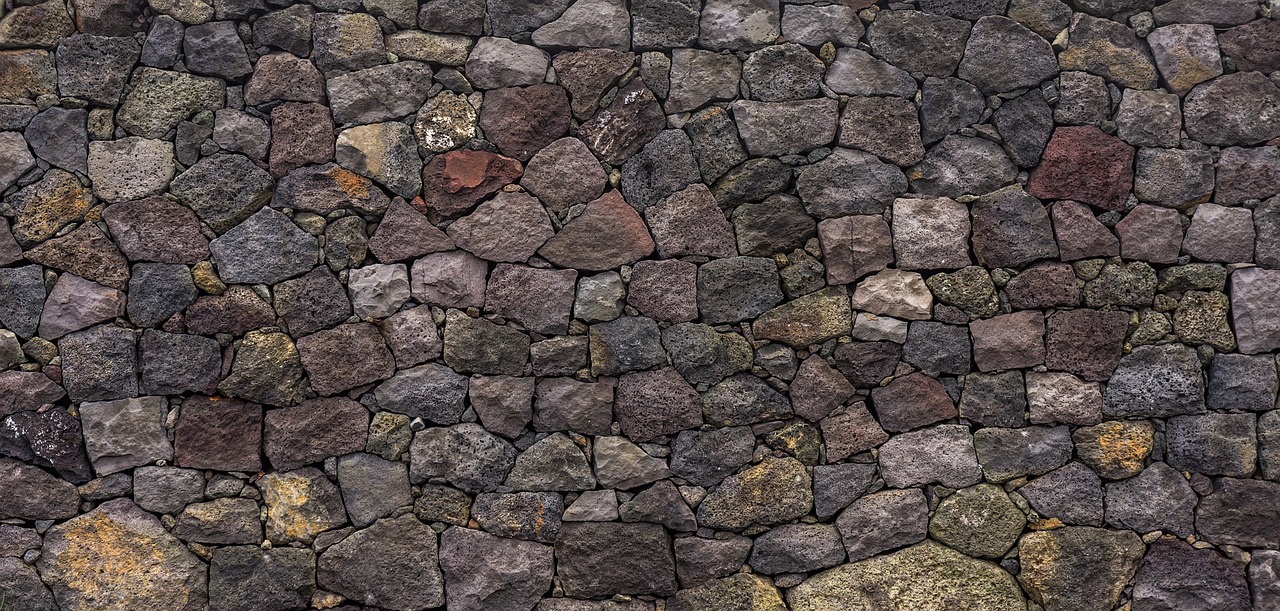Contents
Introduction
In the world of interior and exterior design, stones play an essential role. As an architectural medium, they serve a dual purpose, providing both structural integrity and aesthetic appeal. Stones have been used in design for centuries, owing to their resilience, versatility, and natural beauty. This article will equip you with tips and tricks on how to utilize stones in different designs.
Understanding the Types of Stones
Before you begin the process of incorporating stones into your design, it’s crucial to acquaint yourself with the different types of stones available. Granite, marble, limestone, sandstone, slate, and quartz are among the most commonly used stones in design. Each type has its own unique characteristics, with varying degrees of hardness, color options, and texture. Depending on the design you envisage, you might opt for smooth marble for an elegant look, rustic sandstone for a more traditional design, or sleek quartz for a modernistic touch.
Selecting the Perfect Stone
In the stone selection process, think about the visual effect you’re aiming for and how the stone will function within your design. Choose a stone color that harmonizes with the overall color scheme of your space. Consider factors such as durability, maintenance, and cost, with the latter being largely dependent on the type of stone and where it’s sourced.
Maximizing Natural Stone Features
Natural stones come with unique veins, spots, and patterns that add character and liveliness to your designs. Instead of concealing these natural inclusions, showcase them. For instance, in bathrooms and kitchens, an entire slab of granite or marble displayed on a countertop or wall can serve as a captivating centerpiece.
Blending Stones with Other Materials
Blending stones with other materials is an excellent strategy for creating a balanced and appealing design. The trick lies in finding complementary materials that work well with the stone of your choice. For instance, wood pairs well with just about any stone, bringing warmth to the otherwise cool and hard surface. On the other hand, metal adds a touch of modernity and sophistication, especially when matched with marble or quartz.
Using Stones in Exterior Design
Stones are not just for interior designs; they also make a robust and stylish addition to your building’s exterior. They can be used in a variety of ways, such as in pavers for a rustic and inviting pathway, veneer to add depth and texture to walls, or boulders for a beautifully rugged landscape.
Taking Advantage of Stone Versatility
Because of the stone’s versatility, it can be rendered in many shapes and sizes, based on the need. Be it a grand stairway made of marble, a charming backyard patio crafted from limestone, or a luxurious granite countertop in the kitchen. Regardless of where used, stones help elevate the aesthetic quotient of your design manifold!
Conclusion
Stones, with their striking patterns, various shades, and intrinsic strength, present limitless opportunities to add depth and elegance to interior and exterior designs. By understanding and leveraging the types of stones available, selecting the perfect stone for your scheme, maximizing natural stone features, and skillfully blending them with other elements, you can create harmonious, interesting, and captivating designs. Implementing these tips and tricks about incorporating stone in your designs will undoubtedly enhance your design process, leading to more aesthetically appealing and enduring designs.




